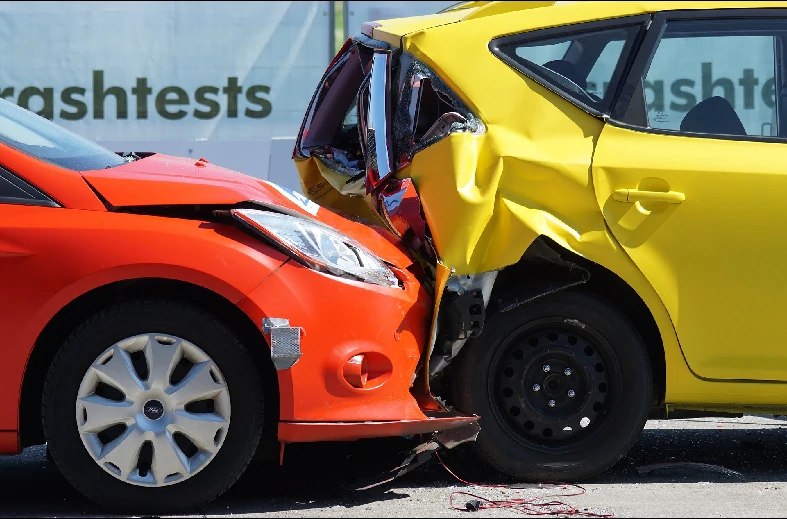The Top Car Safety Features You Should Look for in a New Vehicle

When it comes to choosing a new vehicle, safety should be a top priority. Fortunately, advancements in automotive technology have led to the development of innovative safety features that can help protect you and your passengers on the road. In this article, we will highlight the top car safety features you should look for when considering a new vehicle. From collision prevention systems to advanced driver assistance features, these technologies can provide peace of mind and enhance your overall driving experience.
- Forward Collision Warning (FCW) and Automatic Emergency Braking (AEB): Forward Collision Warning (FCW) uses sensors to detect the distance between your vehicle and the one ahead, alerting you if a collision is imminent. Automatic Emergency Braking (AEB) takes it a step further by automatically applying the brakes to prevent or mitigate the impact of a potential collision. These features can significantly reduce the risk of rear-end collisions and provide an extra layer of safety.
- Lane Departure Warning (LDW) and Lane Keep Assist (LKA): Lane Departure Warning (LDW) systems use cameras or sensors to monitor lane markings. If you unintentionally drift out of your lane, LDW alerts you through visual, audible, or haptic warnings. Lane Keep Assist (LKA) builds upon LDW by actively steering your vehicle back into the lane if you start to veer off course. These features help prevent accidents caused by drowsiness or distraction, ensuring you stay safely within your lane.
- Blind Spot Detection (BSD) and Rear Cross-Traffic Alert (RCTA): Blind Spot Detection (BSD) systems use sensors to monitor the areas alongside and behind your vehicle. If a vehicle enters your blind spot, BSD provides visual or audible warnings to prevent potential collisions during lane changes. Rear Cross-Traffic Alert (RCTA) is particularly useful when reversing out of parking spaces, warning you of approaching vehicles or pedestrians that may be outside your field of vision. BSD and RCTA enhance your awareness of the surrounding traffic, minimizing the risk of side-impact or backing collisions.
- Adaptive Cruise Control (ACC): Adaptive Cruise Control (ACC) uses radar or camera systems to maintain a safe distance from the vehicle ahead. Unlike traditional cruise control, ACC automatically adjusts your vehicle's speed to match the flow of traffic, reducing the need for constant braking and accelerating. This feature enhances convenience on long journeys while promoting safe following distances.
- Rearview Cameras and 360-Degree Camera Systems: Rearview cameras provide a clear view of the area behind your vehicle, making parking and reversing maneuvers safer and more convenient. Some vehicles offer 360-degree camera systems that provide a bird's-eye view of the surroundings, enhancing overall visibility and minimizing blind spots. These camera systems greatly assist in avoiding collisions with pedestrians, objects, or other vehicles in your vehicle's path.
- Adaptive Headlights: Adaptive headlights automatically adjust their direction and intensity based on steering input, vehicle speed, and road conditions. This technology enhances visibility around curves and corners, providing better illumination and reducing the risk of accidents in low-light situations.
- Advanced Airbag Systems: While airbags have been a standard safety feature for years, advanced airbag systems go beyond the basics. Look for vehicles equipped with side curtain airbags, knee airbags, and rear-seat airbags for comprehensive occupant protection in the event of a collision.
When selecting a new vehicle, prioritizing safety features is essential for protecting yourself, your passengers, and other road users. The top car safety features mentioned above, including forward collision warning, lane departure warning, blind spot detection, adaptive cruise control, rearview cameras, adaptive headlights, and advanced airbag systems, can significantly
